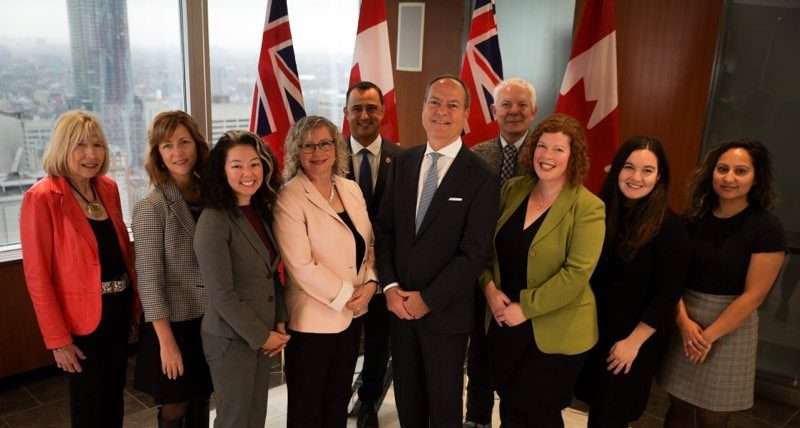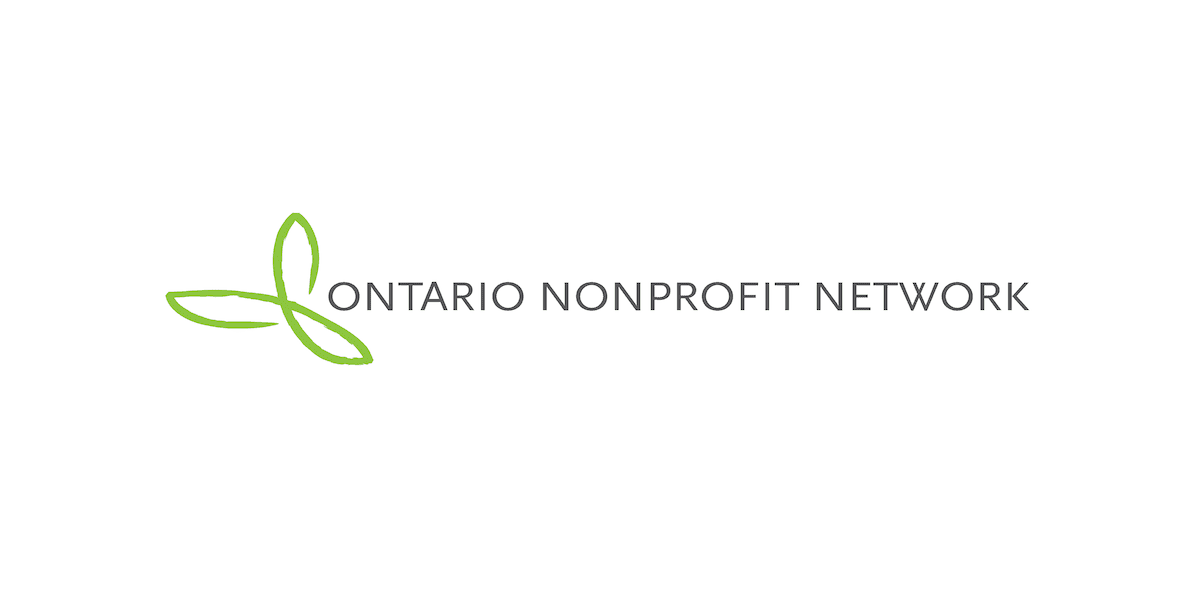Funding reform and government investment
Current problems
A high administrative burden; short-term, restrictive funding agreements; and government contributions eroded by inflation
Funding reform is needed. Funding agreements (called “transfer payment agreements”) with the Ontario government take up a significant amount of nonprofits’ administrative capacity, especially when it comes to financial accountability and budget constraints. There is a need to simplify and streamline application processes, agreements, budget templates, and reporting requirements. Beyond administrative modernization, the sector grapples with a range of funding challenges and trends, such as funding sufficiency (including funding to meet new employment standards, to address inflationary increases in operating costs, and to invest in innovation/systems change work), investment in core mission support, changing modes of funding, and the need for data and evaluation capacity to measure outcomes.
ONN’s vision
A new funding partnership based on stability, respect, and real costs for real results
The funding relationship between funders and the Ontario nonprofit sector is characterized by reciprocal respect, a shared commitment to transparency and mutual accountability, continuous improvement of administrative processes, a spirit of partnership, and a focus on outcomes for communities. Transfer payment agreements across the provincial government reflect the six principles co-designed by Ontario Public Service and Ontario nonprofit sector representatives. Provincial funders that contract with nonprofits for ongoing service delivery support decent work and organizational sustainability by offering multi-year funding agreements that reflect real costs, including coverage of health benefits and pension premiums, annual inflationary increases, any changes to statutory requirements (e.g., new employment standards), and proportional indirect costs for critical functions such as research/program innovation. New forms of funding are rigorously evaluated to ensure that they contribute to cost-effective, sustainable programs that provide long-term benefits to participants and local communities while strengthening the capacity of the nonprofit sector to continue to innovate. For more on our sector’s relationship with the Ontario Government, see the joint Vision Document.
Steps we’re taking to reach that vision
We’re advocating for the Ontario Government to:
- Explore a Cabinet or legislative framework to re-start the stalled Joint Funding Reform Forum (JFRF) process, a joint table for the nonprofit sector and government ministries to identify challenges and facilitate the implementation of solutions on the investment relationship. The JFRF has not met since March 2017
- Implement the new Transfer Payment Operational Policy and related template agreements that will be mandatory to use within two years of April 1, 2018, across ministry funders (and voluntary for agencies such as Ontario Trillium Foundation and Local Health Integration Networks) — and keep the sector informed of progress
- Continue to streamline transfer payment administration via Treasury Board Secretariat’s Smart Initiative on Transfer Payment Consolidation
We’re working with the Ontario nonprofit sector to:
- Undertake a research project to compare how different governments contract/procure public benefit services from the nonprofit sector (e.g., transfer payments, legal contracts, commissioning processes) and the impact of these on nonprofits’ financial health and sustainability
- Provide feedback on the Grants Ontario portal
Helpful resources
- Vision 2020: Transforming the funding relationship between the Government of Ontario and the community nonprofit sectorOpen for Business
- The Legacy of Open for Business: Cathy Taylor, ONN
- Business Sector Strategy: Not-for-Profit Sector: Government of Ontario. Created with ONN







